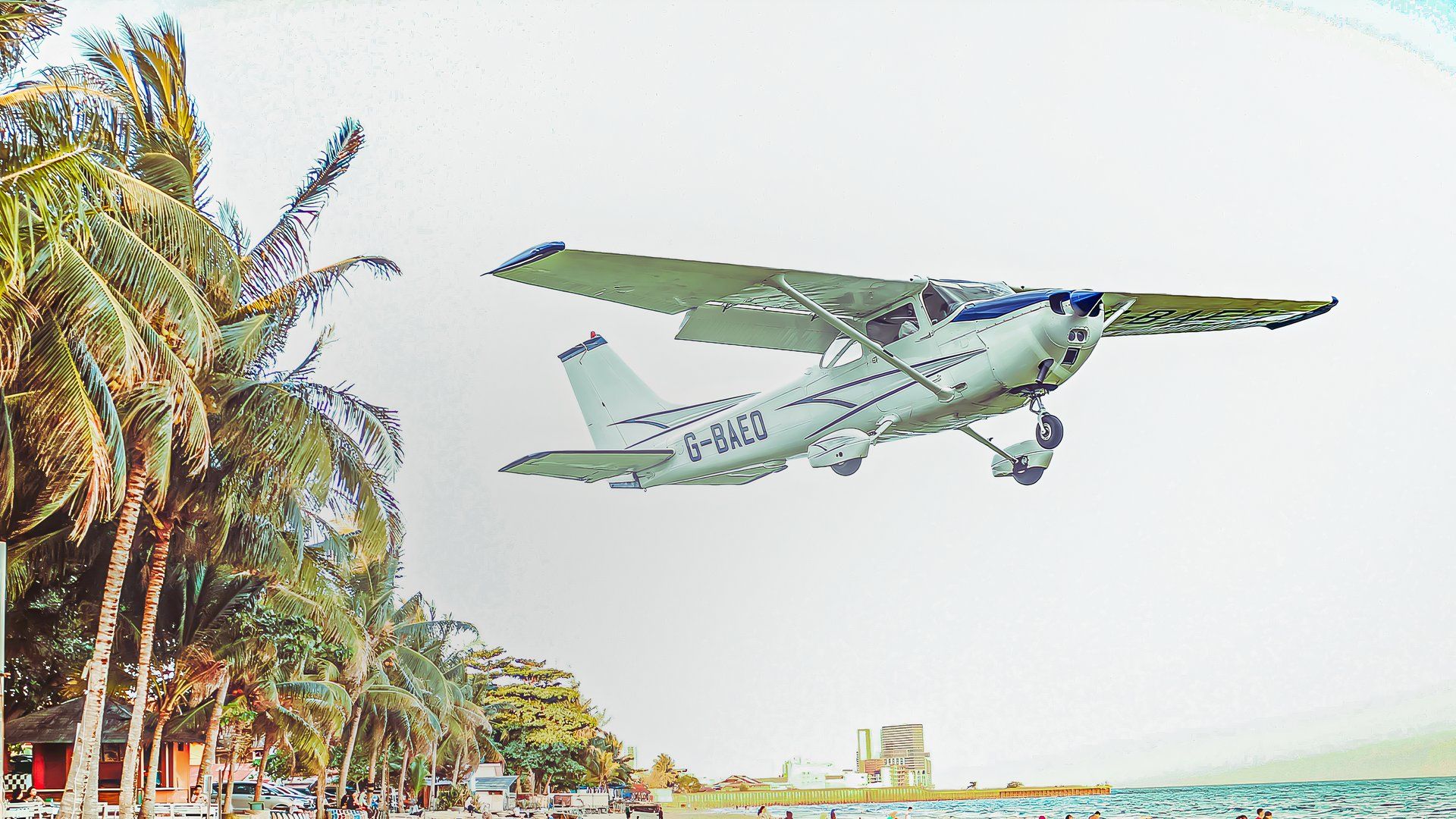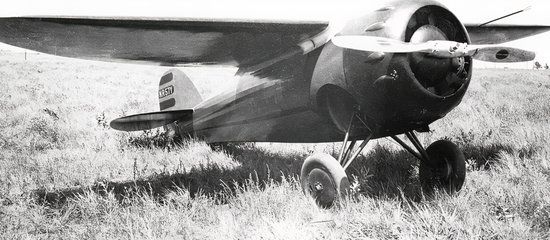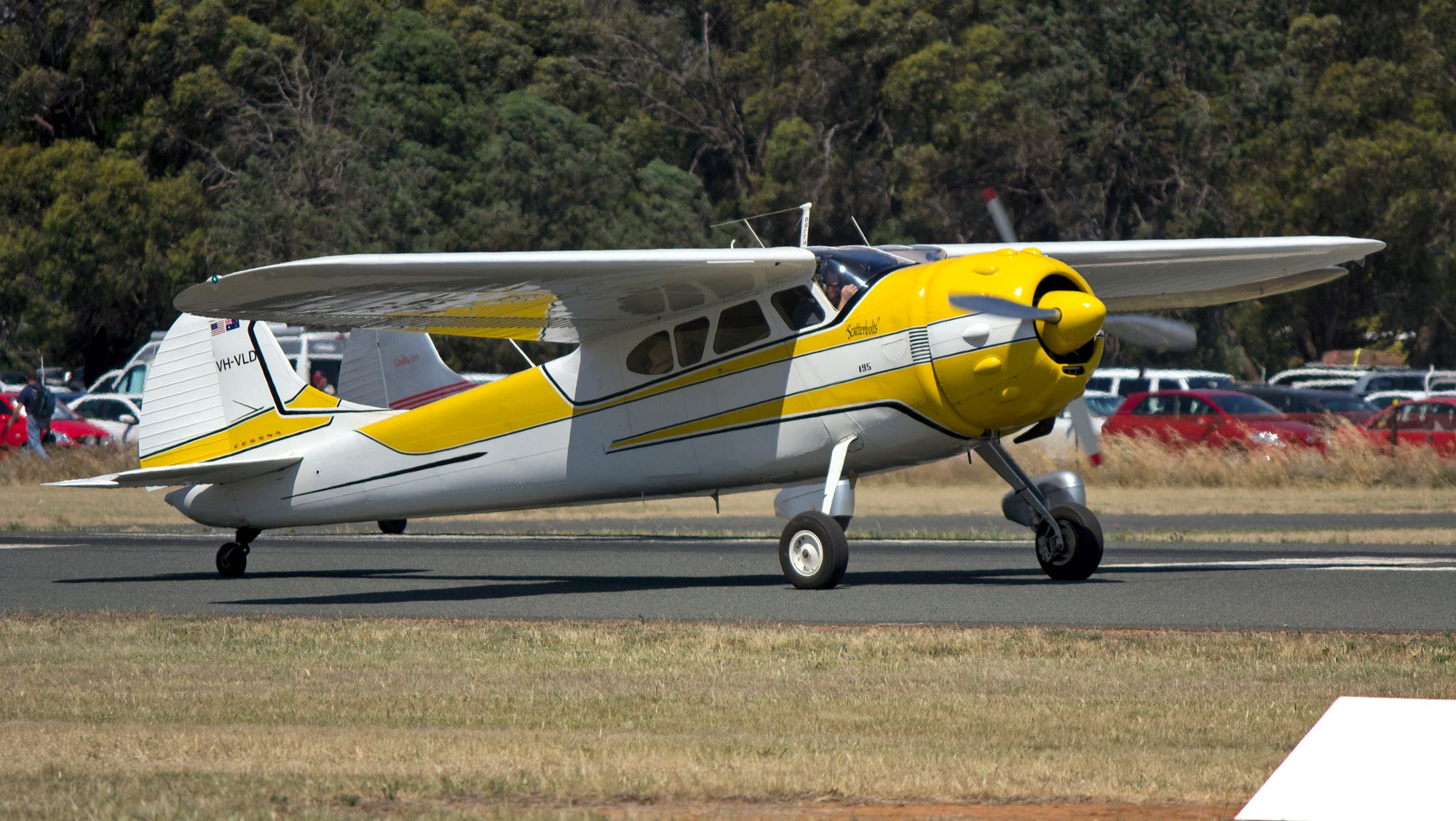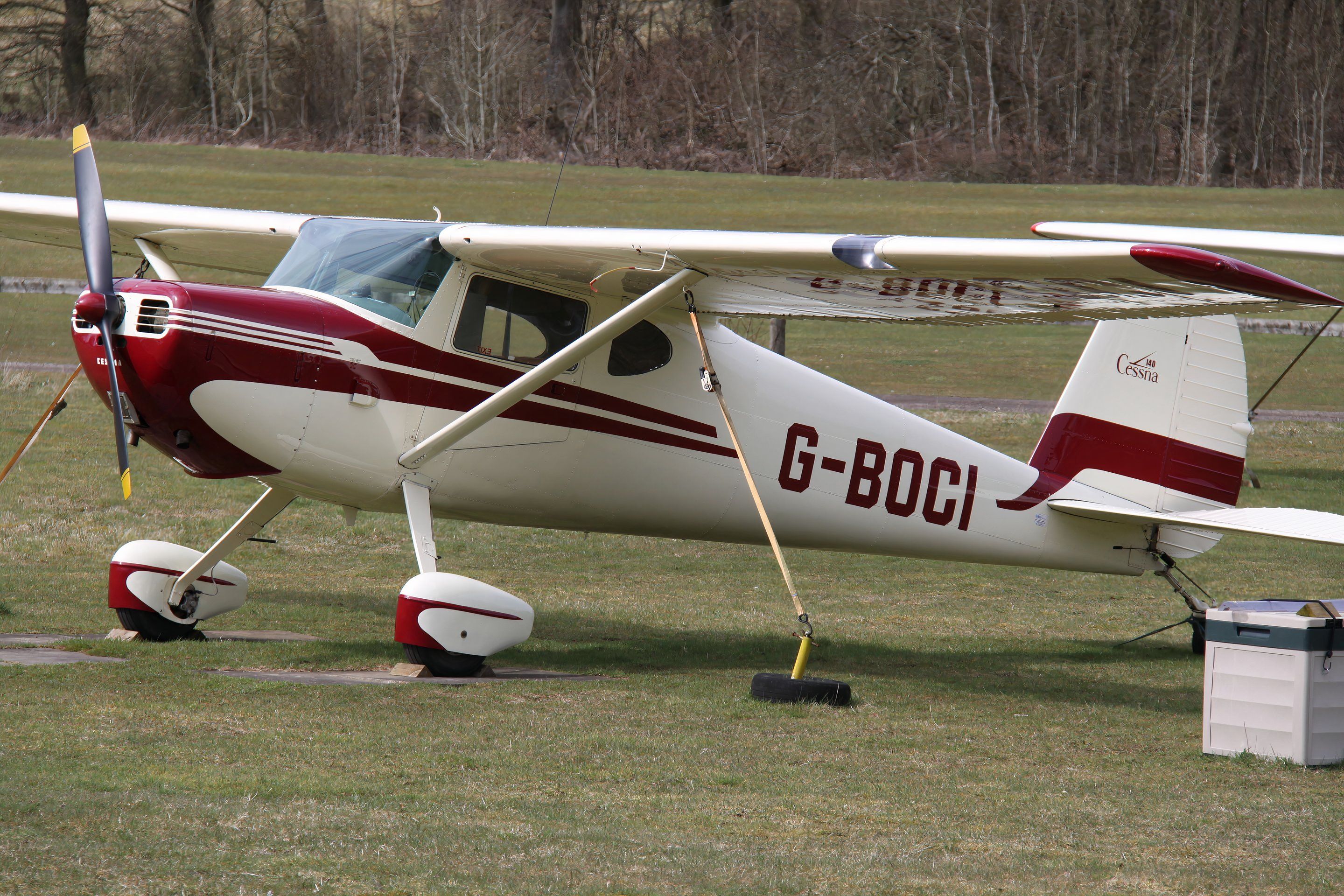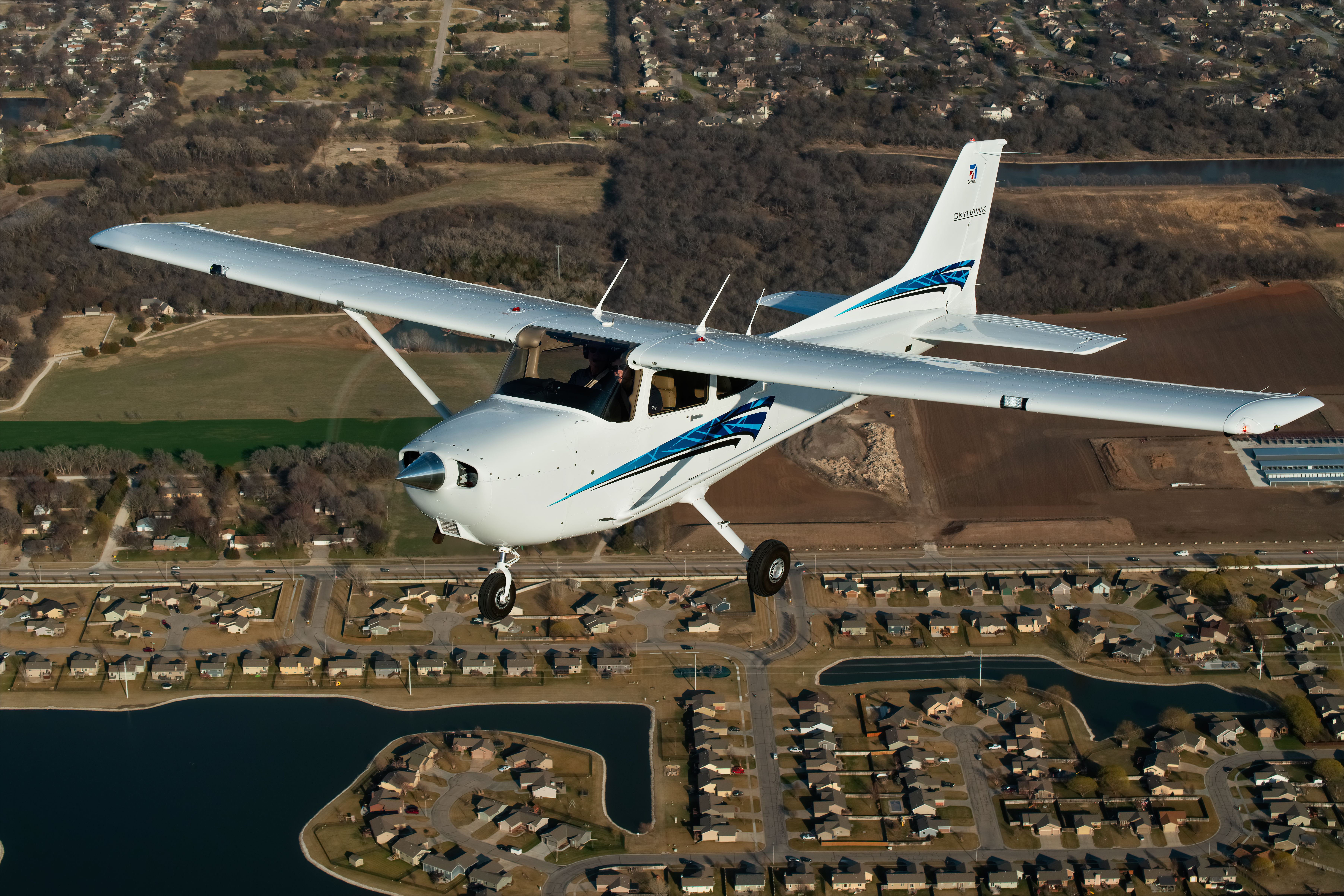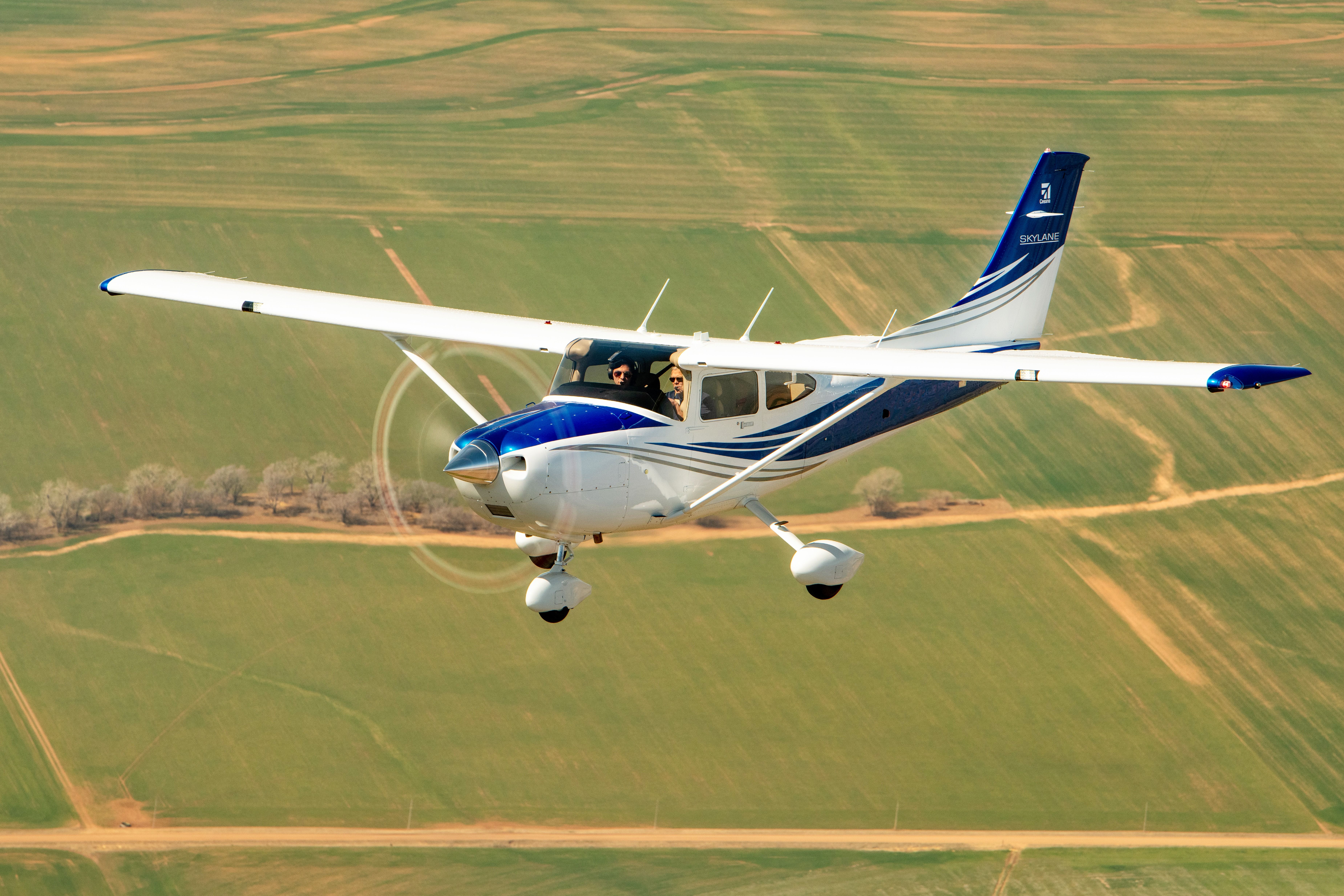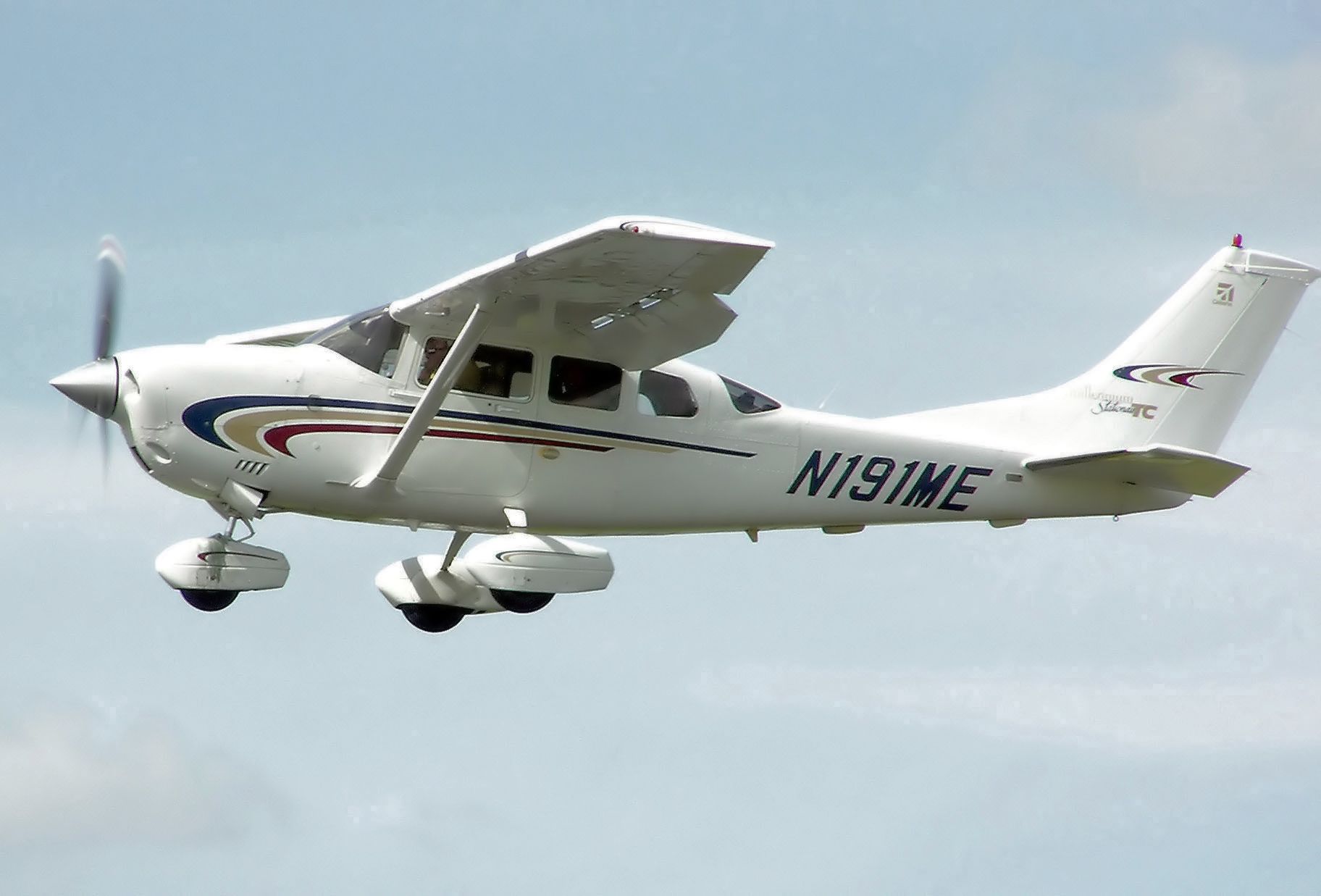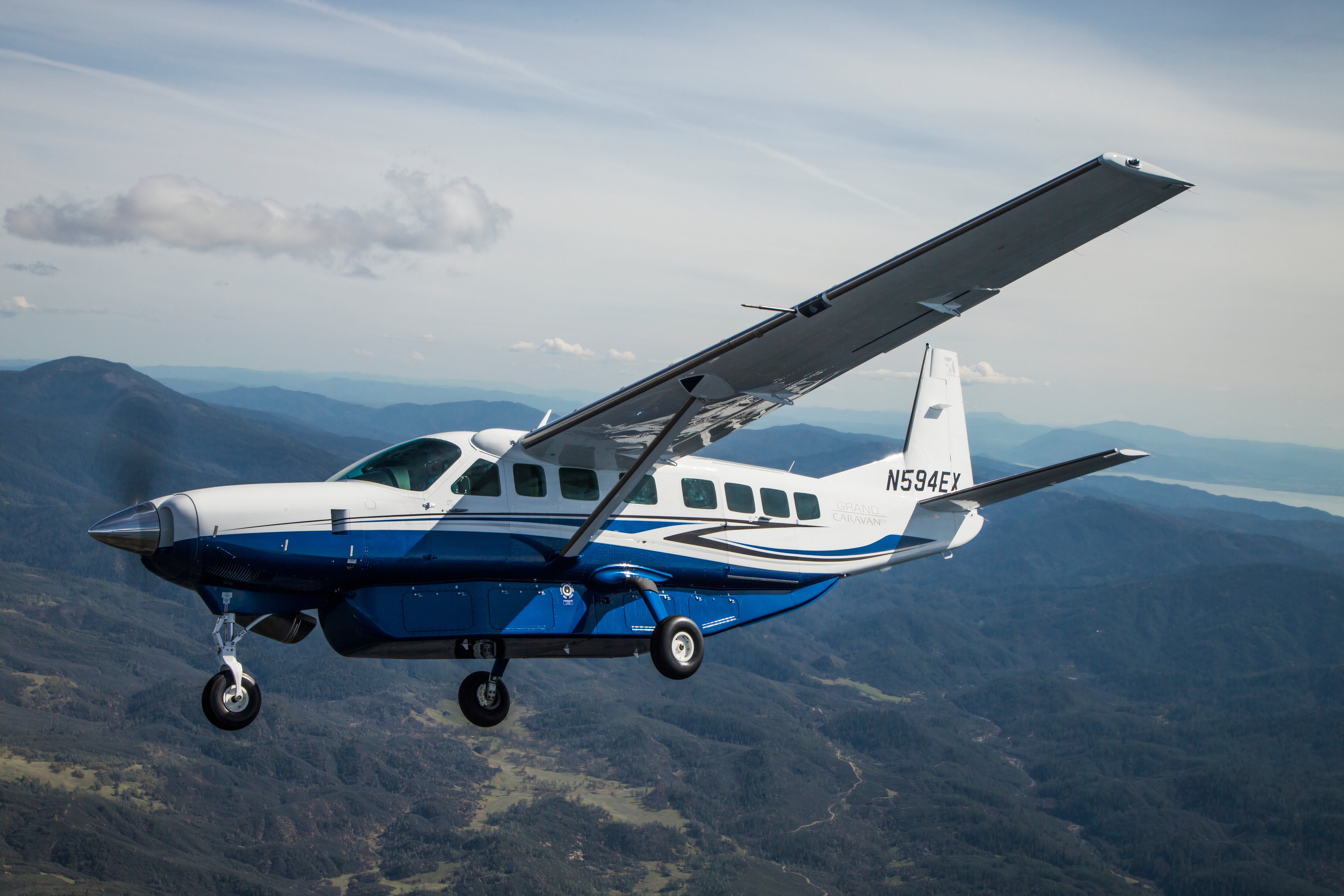Summary
- The Cessna CR-3 played a crucial role in air racing during the 1930s, boosting Cessna’s credibility.
- The Cessna 195 Businessliner was known for its distinctive design, post-war radial engine, and military use.
- The Cessna 120 and 140 models marked Cessna’s post-war success, with over 7,500 units produced.
The American aviation icon Cessna started in 1927, struggled through the Great Depression and rebounded to take its place as one of the most recognized general aviation companies.
1
Cessna CR-3
The historic racing plane kept Cessna afloat during the 1930s Depression
The Cessna CR-3 is important in the history of the Cessna Aircraft Company due to its remarkable achievements in air racing during the early 1930s. Designed by Clyde and Eldon Cessna, they built the CR-3 custom racing aircraft for pilot Johnny Livingston.
The CR-3 was notable for its performance in air races, winning every event it entered. It achieved first place at the Omaha Air Races, the Minneapolis Air Races, and the American Air Races in Chicago in 1933.
Photo: San Diego Air & Space Museum
The CR-3 set a world speed record for aircraft with engines under 500 cubic inches, reaching 237.4 mph (382.3 km/h). The CR-3 helped solidify Cessna’s credibility as a high-performance aircraft manufacturer and supported the company during the Great Depression.
2
Cessna 195 Businessliner
The only postwar radial engine Cessna
The Cessna 195 Businessliner is an unusual but elegant Cessna primarily due to its semi-monocoque design and cantilever wing. Cessna designed the 195 as a post-war business aircraft. Its spacious interior would accommodate four passengers.
Cessna introduced the 195 in 1947. It was the company’s only postwar radial-engine aircraft. Due to its higher purchase and operational costs, the company sold it as a “Businessliner,” targeting business users.
The 195 was entirely constructed of aluminum and featured a cantilever wing design similar to the pre-war Cessna 165. The wing design was distinct, with a straight taper and no dihedral. A Jacobs R-755 300hp radial powered the ship. This engine was known for its prodigious oil consumption. Owners referred to a gallon of aviation engine oil as a “Jacobs quart.”
Performance and Features
The 195 had an impressive maximum speed for its day—178 mph and a cruise speed of 170 mph. It could achieve a range of approximately 800 miles at 70% power.
The airplane was equipped with flat sprung-steel landing gear, derived from a design by Steve Wittman, which helped pilots in crosswind landings. However, this feature made ground handling more challenging.
A factory-produced floatplane version, equipped with a triple tail for improved yaw stability, was available. The US Air Force and Army used the Cessna 195 as a light transport and utility aircraft under the designation LC-126.
The Cessna 195 is a classic aircraft, embodying the post-war era’s style and engineering. A total of 1,180 units of the 190 and 195 models, including military variants, were built.
3
Cessna 120/140
The postwar general aviation boom spawned Cessna classics
The Cessna 120 and 140 were introduced in 1946 as part of Cessna’s post-war lineup. The 140 came first, followed a month later by the stripped-down 120 model. Between 1946 and 1951, Cessna produced over 7,500 of these aircraft. The models were an immediate success, helping to jumpstart Cessna’s transition to peacetime business. In 1949, Cessna introduced the 140A variant with all-metal wings.Cessna 140 and 10 model variants
Cessna 120
- The basic model lacked flaps, rear side windows, and an electrical system initially
- Listed at $2,695 in 1946 (equivalent to about $31,000 today)
Cessna 140
- Equipped with electrical system, flaps, and rear quarter windows
- Listed at $2,995 in 1946
- Featured new all-metal wings
- 525 units produced
Performance
Cessna 140
- Engine: Continental C-85-12, 85 HP
- Max Speed: 122 kts
- Normal Cruise: 100 kts
- Empty Weight: 890 Lb
- Max T/O Weight: 1450 Lb
- Fuel Capacity: 25 gal
- Max Range: 395 NM
Cessna 140A
- Engine: Continental C-90, 85 HP
- Max T/O Weight: 1500 Lb
- Empty Weight: 810 Lb
- Fuel Burn: 5.6 gal/hr at 75% power
Early models of the Cessna 140/120 had fabric-covered wings, but later, the Cessna transitioned to all-metal construction. The planes had a simple fuel system with a 12.5-gallon tank in each wing. The high-wing taildraggers were well-mannered in flight, with neutral stability and responsiveness. The 140/120’s useful load was limited to about 600-650 pounds, but the planes were very capable of flying on dirt and grass strips.
Over 2,500 Cessna 120s and 140s remain on the FAA register, flown by enthusiasts proud of the vintage appeal and tailwheel configuration. These aircraft also have low operating costs, sipping only 4-5 gallons per hour.
The Cessna 120 and 140 established Cessna’s post-war success and laid the groundwork for future popular models like the Cessna 150. They remain beloved among aviation enthusiasts for their classic design, honest flying characteristics, and affordability.
4
Cessna 172 Skyhawk
A versatile Cessna for personal transportation, flight training, and utility
The Cessna 172 Skyhawk is the most produced aircraft in history and has been a mainstay of general aviation since its introduction in 1956. The Cessna 172 received FAA type certification on November 4, 1955. The first production Cessna 172 was delivered in 1956.
Photo: Textron Aviation
- Cruise Speed: 124 knots (143 mph)
- Range: 640 nautical miles
- Service Ceiling: 14,000 feet
- Rate of Climb: 720 ft/min
The current price of a new Cessna 172 is approximately $432,000. It has a high-wing design, tricycle landing gear, and four seats. Although it has undergone many iterations over the decades, it remains fundamentally similar to the original design. The latest models feature Garmin G1000 NXi avionics.
5
Cessna 182 Skylane
The more powerful Skylane is a pleasure to fly cross-country
The Cessna 182 Skylane is a more powerful, higher-performance version of the 172 introduced in 1956. The 182 received FAA type certification on March 2, 1956. The first production aircraft was delivered in 1956.
Photo: Textron
- Cruise Speed: 145 knots (167 mph)
- Range: 930 nautical miles
- Service Ceiling: 18,100 feet
- Rate of Climb: 924 ft/min
The current price of a new one is a breathtaking $595,000. The Cessna 182 features a more powerful engine, a constant-speed propeller, and strengthened landing gear compared to the 172. It seats four and is famous for its combination of performance, ease of handling, and as a great instrument platform.
6
Cessna 206 Stationair
The Cessna 206 Stationair is a utility aircraft known for its load-carrying capability and rugged design. The FAA issued a type certificate for the Stationair on October 8, 1964, and the first 206 Stationair deliveries began in 1964.
- Cruise Speed: 163 knots (188 mph)
- Range: 840 nautical miles
- Service Ceiling: 15,700 feet
- Current Price: Approximately $745,000 for a new 2023 model.
The Cessna 206 is a six-seat aircraft with large cargo doors, making it a great utility aircraft for cargo and people hauling. There are hundreds of Cessna 206s in Alaska, a superb bush-flying aircraft. Cessna even produced a stretched version—the Cessna 207. The aircraft features a high-wing design and fixed, rugged landing gear.
7
Cessna 208 Caravan
Cessna moved boldly into the turbine market with the Caravan in 1984
The Cessna 208 Caravan is a Pratt & Whitney PT-6 powered utility turboprop aircraft known for its versatility and reliability. FAA type certificate was issued in October 1984, and the first customer delivery was in 1985.
Photo: Textron Aviation
- Cruise Speed: 186 knots (214 mph)
- Range: 1,070 nautical miles
- Service Ceiling: 25,000 feet
- Rate of Climb: 1,234 ft/min
The aircraft, priced at around $2.5 million, fills a niche in the regional passenger and cargo markets throughout the US and worldwide. It is widely used for cargo, regional airliner, and utility roles, featuring a high-wing design and fixed landing gear that can be equipped with floats or skis. It typically seats 10-14 passengers or can carry significant cargo loads.

